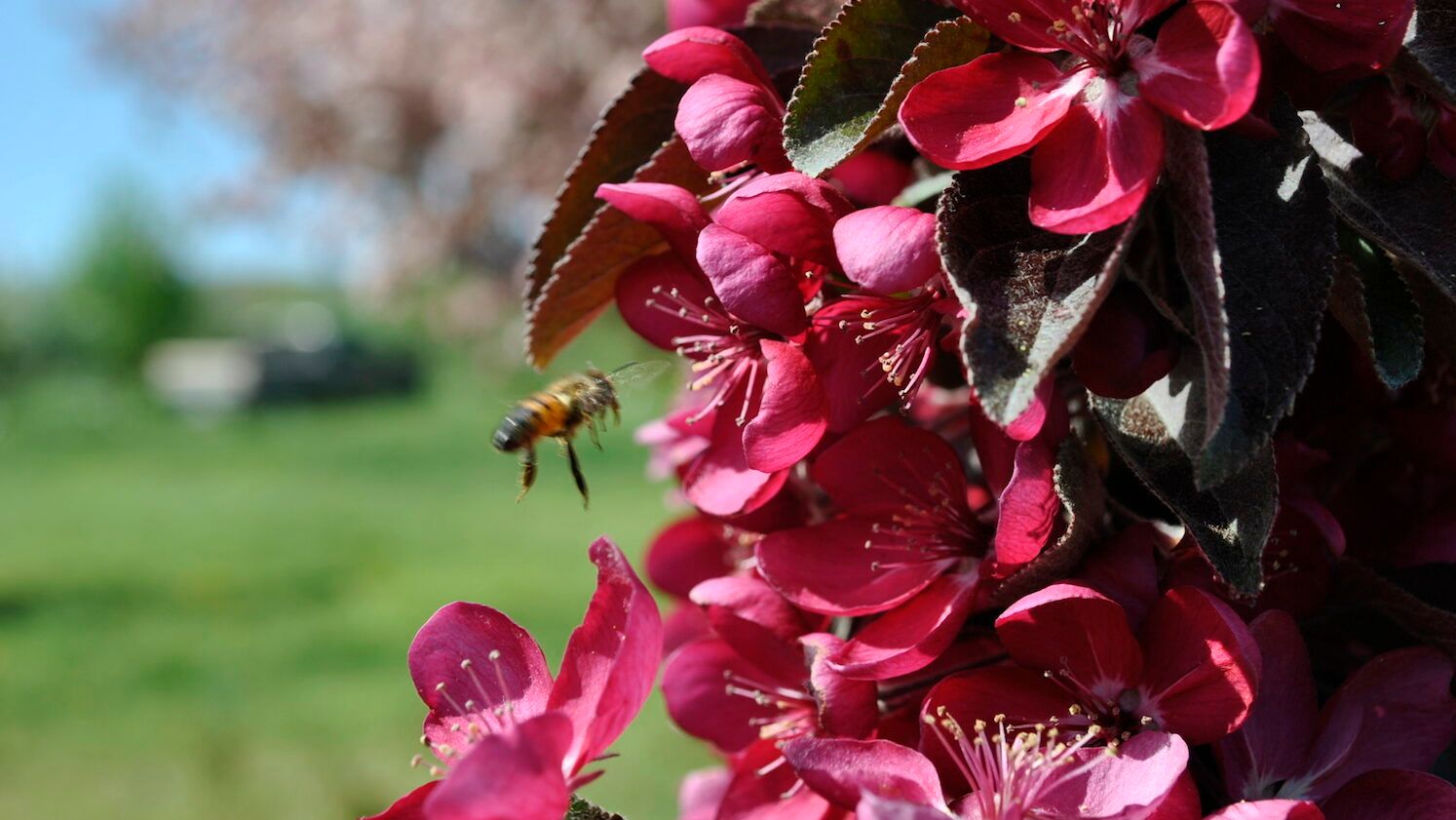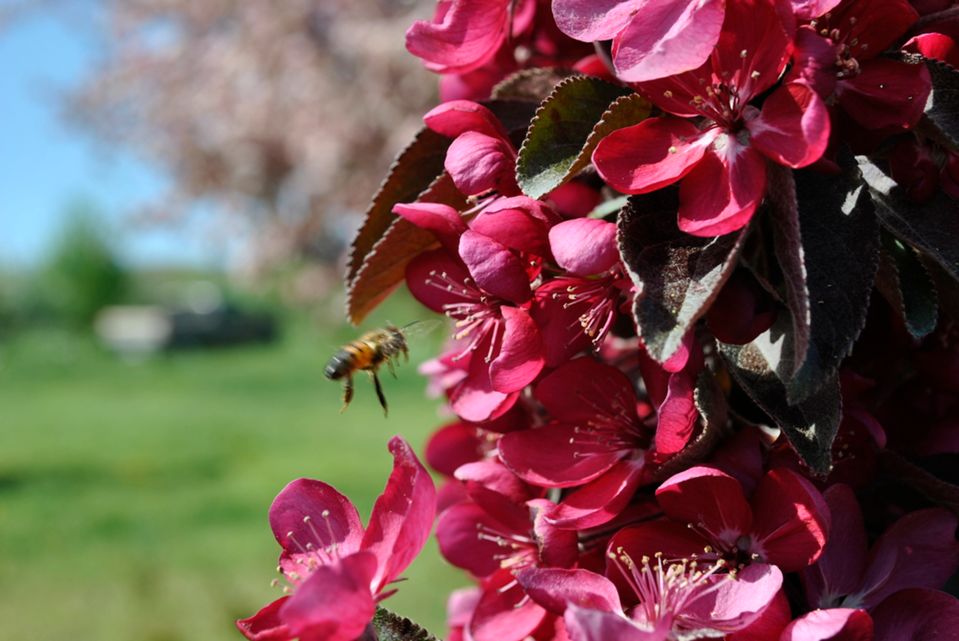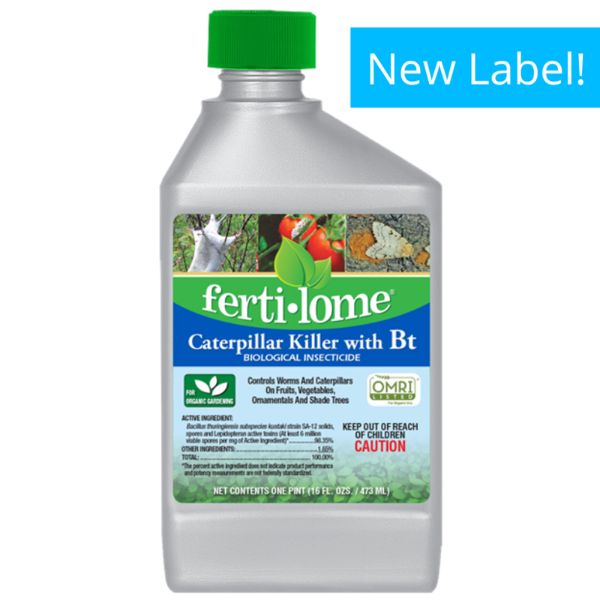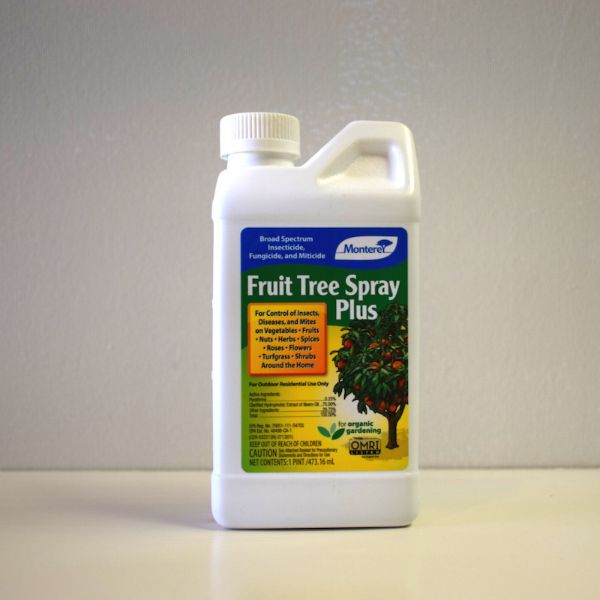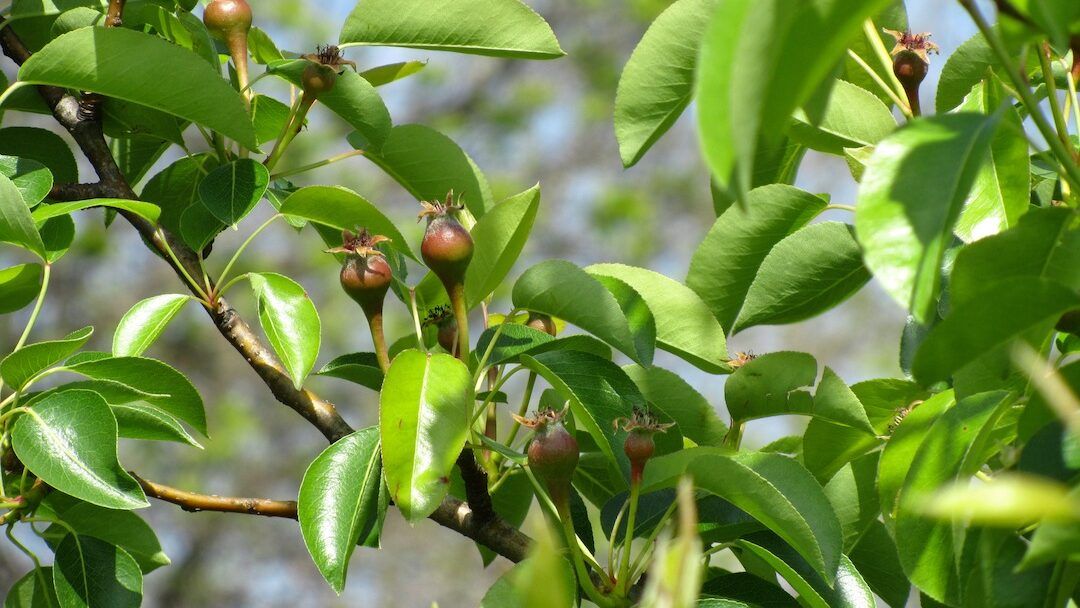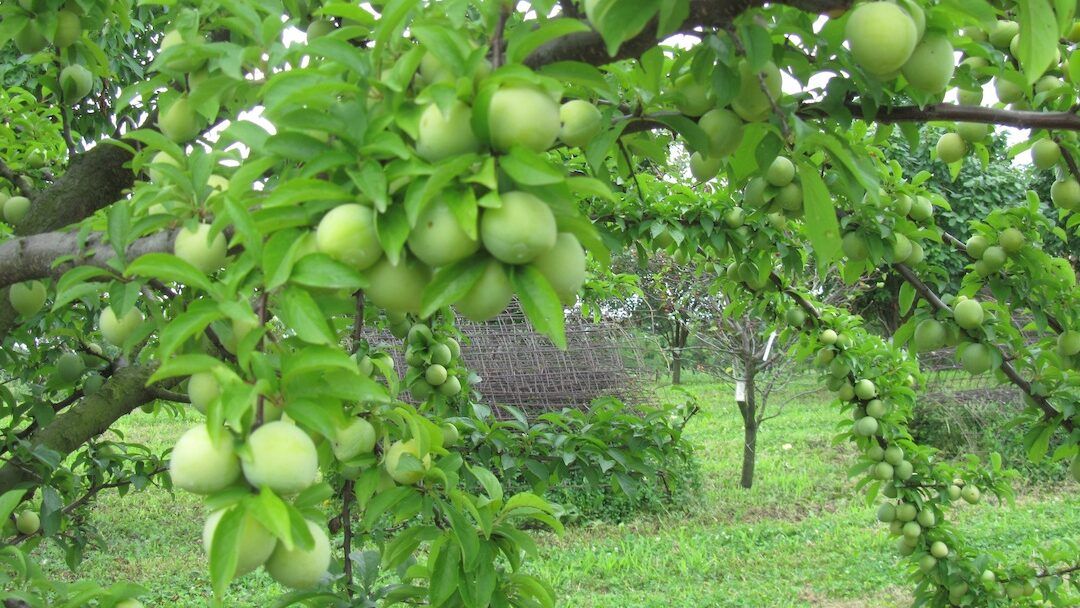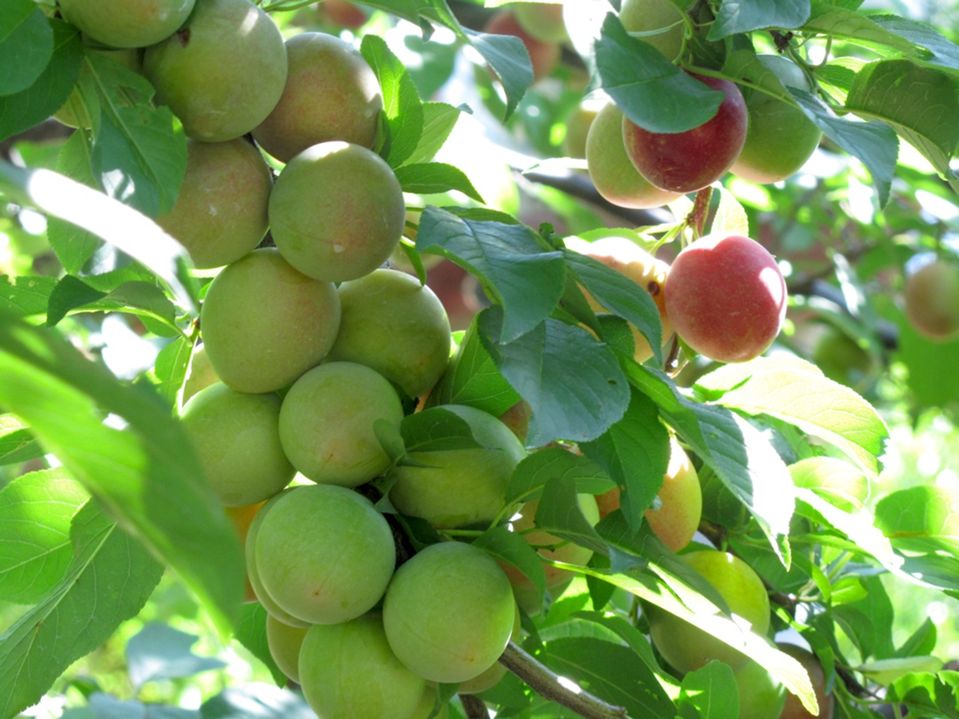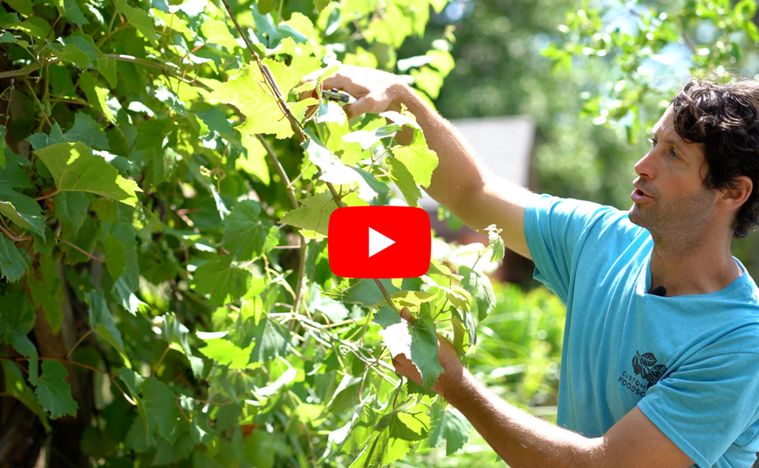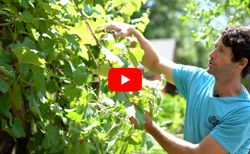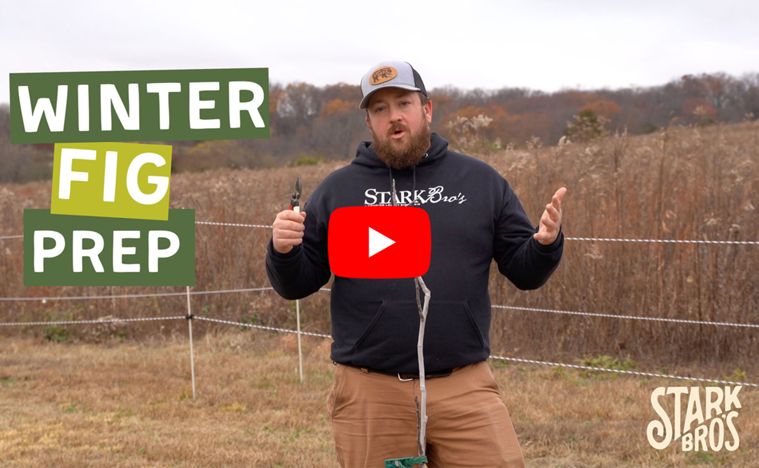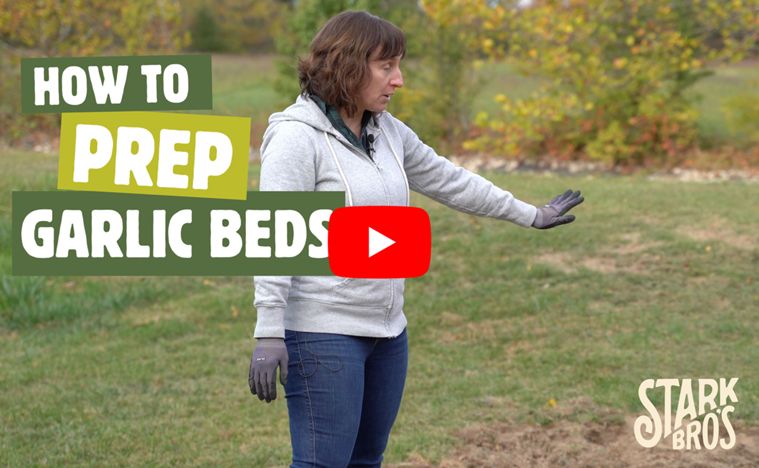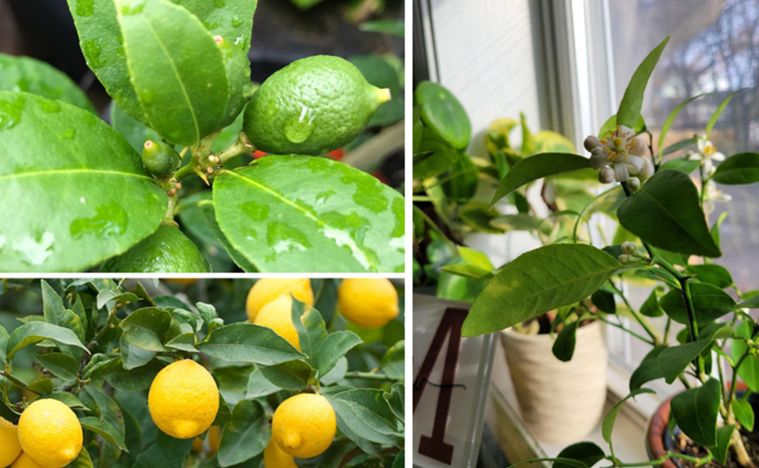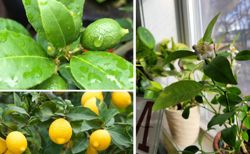Shedding Light on Fruit Drop
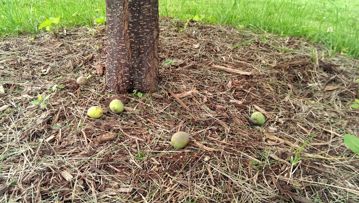
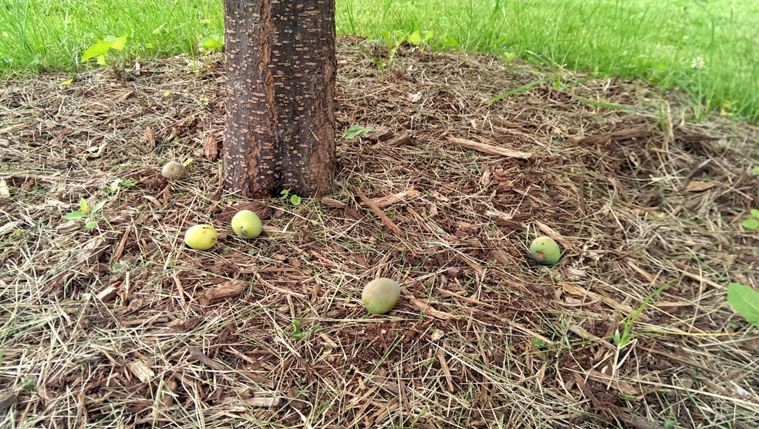
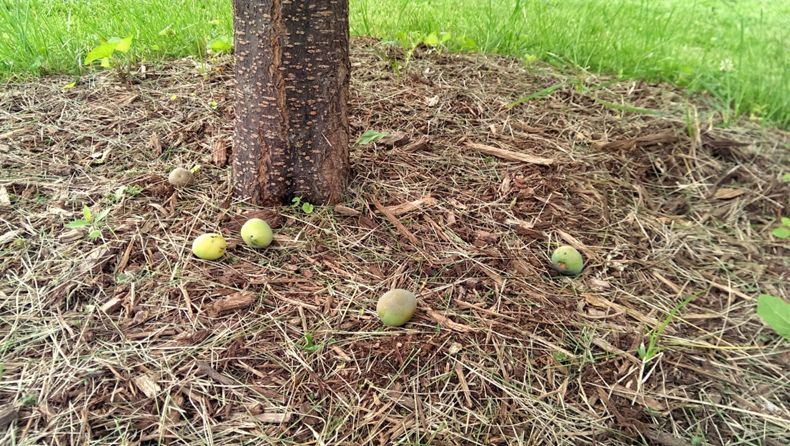
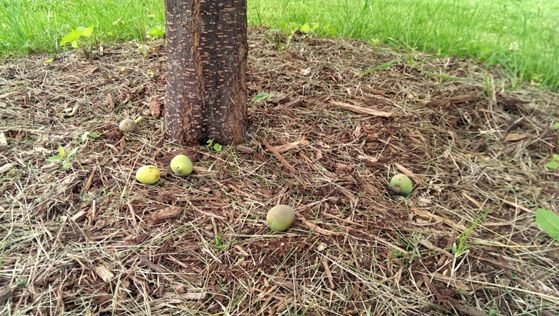
"Why is my fruit dropping before it ripens?" is a common question from fruit-tree growers, especially regarding their tree's first fruit crops. Everyone delights in seeing the first fruit crop forming on their trees, but, if this fruit drops, so does your heart. Fortunately, you can take comfort in knowing that fruit drop — a premature shedding of young unripened fruit — is not uncommon or unheard of.
Let's address some of the different factors that may cause fruit to drop and some things you can do to prevent this from happening in future seasons.
Weather
No one can control nature or its quirks, but you can make efforts to protect your tree if unfavorable weather threatens. Freezes, wind and hail can cause fruit drop as well as other types of damage to trees and their fruit. If you expect a frost or freezing temperatures in your area during the growing season, you can cover your tree with sheets and even wrap holiday lights around it for extra insulation and warmth. Supporting your young tree with tree stakes can help prevent damage to the tree during windstorms. The best thing you can do for your tree is keep it in good health — like through regular pruning (especially of dead/damaged/diseased limbs) and making sure it gets the right nutrients, which can be found in soil additives like Stark® Tre-Pep® Fertilizer. That way, even if the weather takes some fruit, your healthy tree will stick around to keep producing for you in years to come.
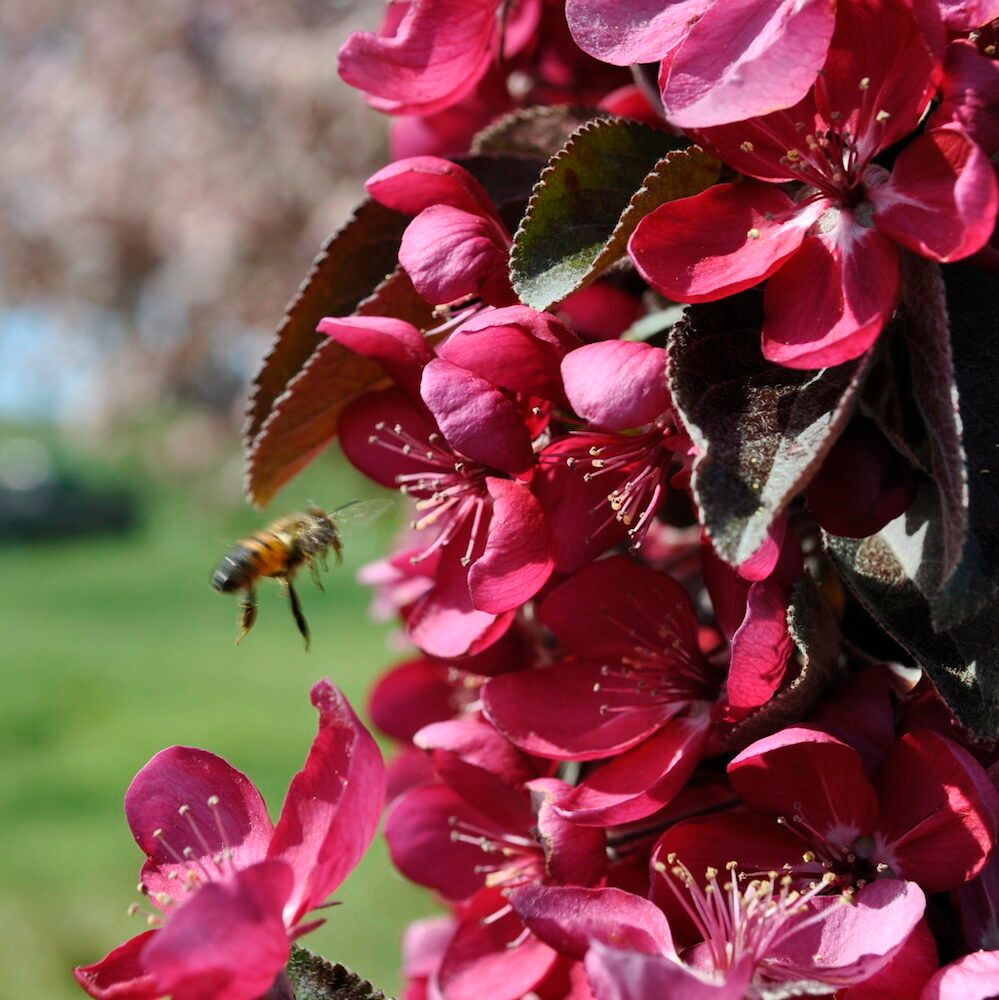
Inadequate Pollination & "June Drop"
Naturally, insufficiently pollinated young fruit will be shed. This can be caused by an inadequate presence of pollination helpers (like bees) during the bloom time of your trees. You may encourage a greater population of bees and other beneficials by companion-planting roses and other garden plants that will attract them and +avoid+ using pest control sprays while your tree is blooming.
Shedding may also occur if there is not enough overlap between bloom times of compatible pollinating varieties to develop healthy fruit. Additionally, if pollinators are planted too far apart, then pollination may be unsatisfactory for proper fruit production. Planting trees within 1/4 mile of their pollinator might work, but planting them within 50 feet of one another is ideal.
Read more about the importance of fruit tree pollination:
Often, the fruit that is dropped is malformed, with few seeds, which is another result of inadequate pollination and other environmental factors. This occurrence is commonly referred to as "June Drop", which is natural, and also ideal, since the tree sheds what fruit it feels is not sufficient for reproduction.
Pests/Disease
The presence of disease and pests like worms can cause fruit to drop even if ideal pollination and weather conditions are met. For controlling a wide range of fruit-harming pests, we recommend sprays for pest and disease control.
Be aware that using pesticide sprays while your trees are in bloom will terminate bees and other beneficial insects, and some sprays may even cause fruit drop if used on the wrong trees, in the wrong amounts, at the wrong times. Always follow the printed labels for each spray for recommended application times and intervals.
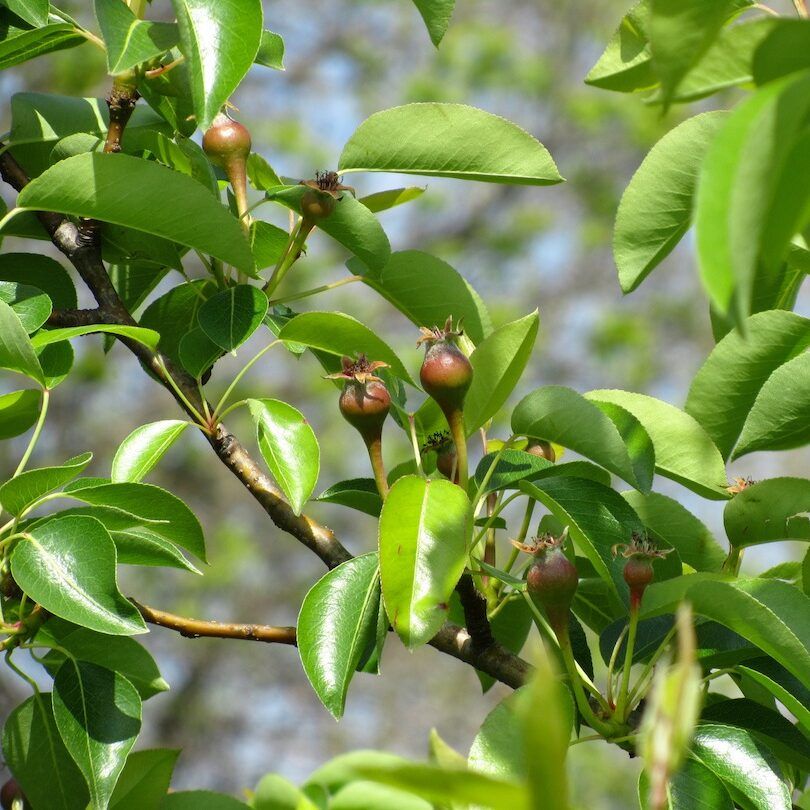
Overbearing
Trees that try to overbear, especially in their early fruit production years, may succumb to early fruit drop. Young trees are more prone to drop fruit, whereas older, established, developed trees tend to more regularly store and make use of their reserve food. This food is stored while a tree is dormant and is used in the production of fruiting buds that swell and bloom in the spring. If a tree has not developed a system to properly store reserve food, the fruit that forms will compete for nutrients to feed them.
If there is too much fruit forming, "survival of the fittest" kicks in, and the tree drops fruit. If the competition for nutrients is between the young fruit and the tree itself, your tree will sacrifice the lot so that it can live to fruit another year.
Some trees shed the newly formed fruit to protect their branches from the stress of the added weight. If the fruit is allowed to remain on the tree, and it grows to its full size, the branches will break or bend down to the ground, which could be an invitation for pests and disease. The outcome is much more detrimental than simply having the underdeveloped fruit be shed to the ground.

If a tree is allowed to sustain a vigorous crop load, and a drop doesn't occur, one result may be that the tree that bears biennially. The tree will have a bumper crop one year, where it produces an abundance of fruit, and then it will take the next year off to recover. Fruit bearing is a stress on the tree, so it is not unusual that, during this recovery year, your tree will not have a fruit crop.
To avoid fruit drop as a result of overbearing, we recommend thinning the young fruit before the tree drops it. In general, it is best to leave 4-6 inches between each fruit and break up any clusters that may form. You may use small, sharp pruners to remove the fruit or simply pluck it off with your fingers.
If you pinch the blossoms off your tree before the petals drop and fruit begins to form, you will also be able to help avoid overbearing and fruit drop.

